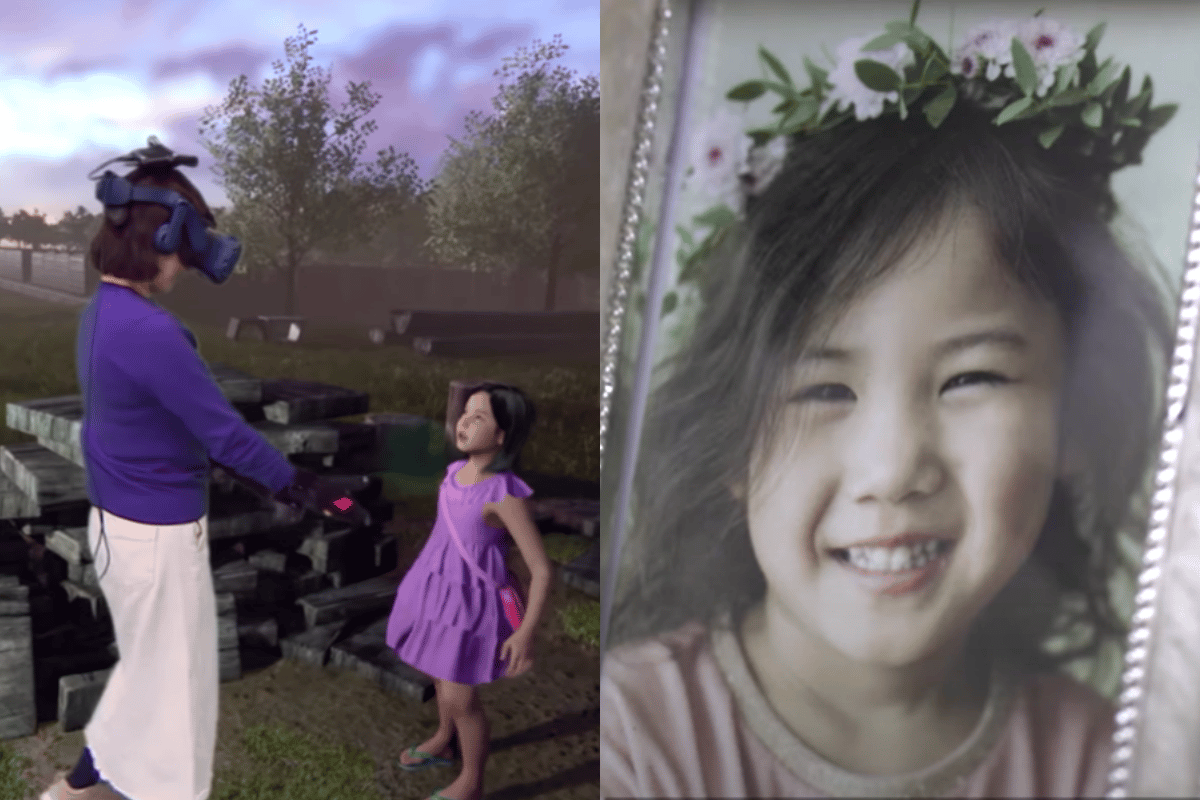
Would you use virtual reality technology to see someone you love who isn't alive anymore?
When Jang Ji-Sun was asked this question, her mind and heart immediately knew what to say: a resounding yes.
It's a decision not everyone would agree with or choose, but it was an opportunity that Ji-Sung felt she couldn't pass up – the chance to see her daughter Na-yeon one last time.
In 2016, Ji-Sung lost her seven-year-old daughter suddenly who had an incurable blood-related disease. Their time together had been cut drastically short as Na-yeon had only been told of her terminal diagnosis one week before she died.
In the years since, Ji-Sung had felt completely lost, wishing she had been given the chance to have a proper goodbye with her daughter. Ji-Sung also felt a sense of guilt and hopelessness – pouring over every detail and wondering if she could have done anything to have had a different outcome.
Then in 2020, Ji-Sung met a documentarian/producer called Kim Jong-woo who offered her the chance to experience a final moment with Na-yeon. And it was to be done through the incredible technology of artificial intelligence and virtual reality (VR) software.
As Kim explained to The Korea Times: "The mother was desperate. Not just mourning over her daughter's unexpected death – she wanted to remember her. Many of those who have lost their family members are left with words forever unsaid."
Watch: how virtual reality can assist grief. Post continues below.






























































































